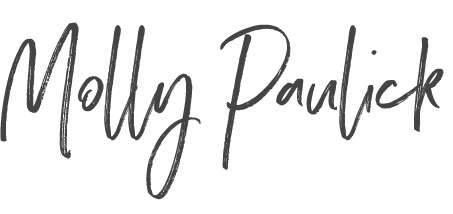November is #NativeAmericanHeritageMonth. To celebrate and honor this month, here is my painting of white sage / salvia apiana, a keystone species of the Coastal Sagebrush community and an incredibly sacred and important to indigenous people on the pacific coast. However, due to the popularity with mainstream smudging in recent years, white sage has been heavily poached in the wild and is borderline endangered. To learn more, read this and the wikipedia page which is native monitored. Also, if you’re in LA, you can attend the Rancho Santa Ana Botanical Garden workshop on the history of the plant and how to ethically cultivate it.
Who’s land are you on?
There is so much to celebrate and honor this month. The first way is to know which land you are currently standing on. Visit native-land.ca to find out and learn. My apartment sits on Kumeyaay land. It has been one of the great joys of my life to learn more about this nation through the food they eat from the plants they have cultivated for thousands of years, the stories they hold, the resilience they possess, their visions for the future and their necessary involvement in conservation efforts. If you are on Kumeyaay land, this documentary is a must-watch: First People: Kumeyaay
Listen to a variety of indigenous voices:
The second way to celebrate is to listen and read from indigenous voices. Read books, listen to podcasts, watch films, go to talks. Just listen. Below are a few I’ve been listening to and learning from:
Podcast:
All my Relations
Instagram accounts:
@illuminatives
@kaitlincurtice
@nativeapprops
@amrpodcast
@meztliprojects
Books:
There there by Tommy Orange
Braiding Sweet grass by Robin Wall Kimmerer
This list by Kaitlin Curtice
Be an ally, but in the right way:
Changing the Narratives about Native Americans by Illuminatives
Learn about the plants and land you stand on:
learn about the plants that used to thrive in your neighborhood pre european contact by going to calscape.org and typing in your zip code! Another great resource if you are on Kumeyaay land is the book “Kumeyaay Ethnobotany”. It’s an incredible resource for native and nonnative people interested in learning more about the rich history of the Kumeyaay and the land they have survived on for millennia.
Keep learning and help to shift the narrative:
Friends, we have much to learn from these voices. It’s time to step aside. let’s honor and celebrate this month and start to learn about the history of erasure of native people all over the world, starting with who’s land you are currently standing on in this very moment.


